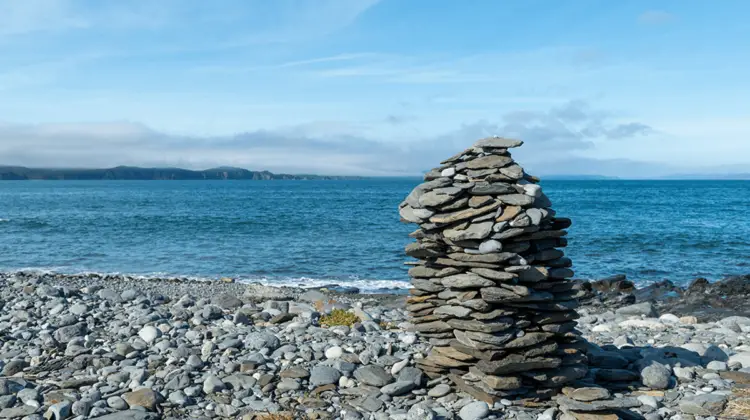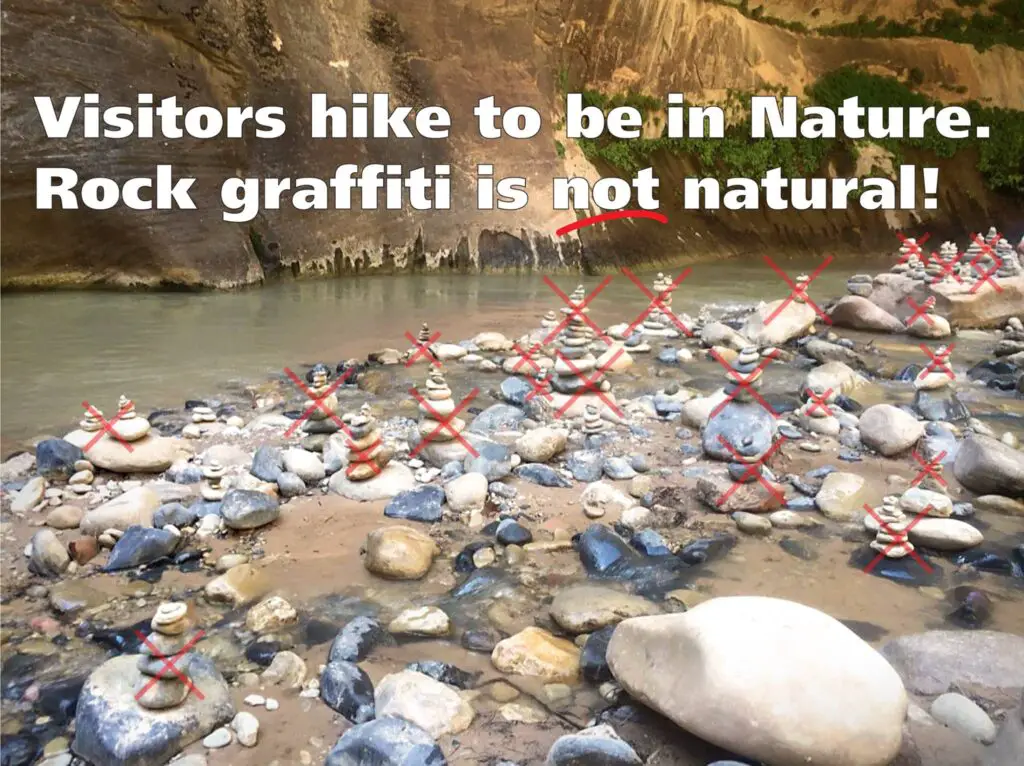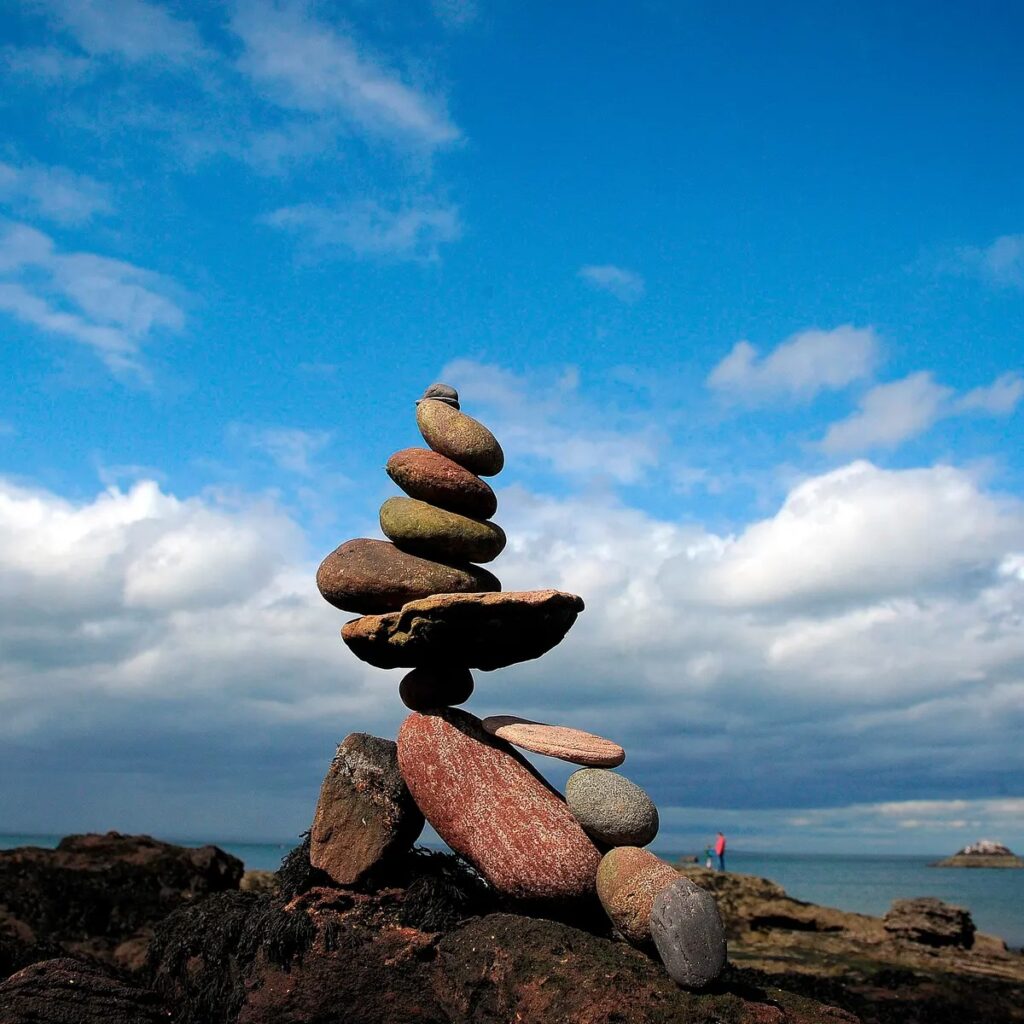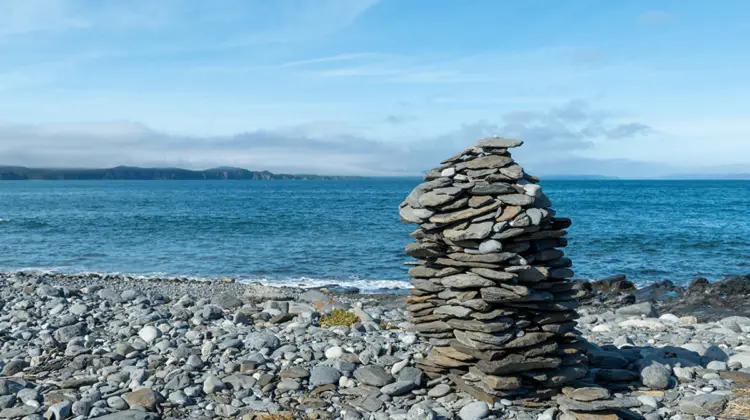Why Shouldn’t You Stack Rocks On Hikes? And What Should You Do If You See Them
The Impact of Rock Cairns in National Parks: Why They Shouldn’t Be Disturbed

Rock stacking or cairn building in national parks might seem innocuous or even enjoyable, but it’s essential to reconsider their impact from a broader perspective. While hiking in nature offers an escape from everyday life, it should ideally be in an undisturbed natural setting.
Rock cairns, often seen as decorative piles of stones, serve practical purposes on hazardous trails like the Camino de Santiago, guiding hikers and fostering a sense of community among trekkers. However, unauthorized cairns can confuse visitors unfamiliar with the area, potentially leading them astray and violating the “leave no trace” principle of outdoor ethics upheld by the National Park Service.

Moving rocks to build or add to cairns can disturb fragile microhabitats and disrupt the homes of small creatures living underneath. It also contributes to soil erosion and may cause the collapse of the entire structure, negating its intended navigational purpose.
Historically, cairns were established for trail maintenance and navigation. Waldron Bates, an advocate for trail standards, introduced guidelines for constructing cairns in 1896, known as the Bates cairn, differing significantly from the makeshift stacks seen today.

Despite their seemingly harmless nature, the sheer volume of visitors to national parks—over 297 million recreational visits in 2021 in the U.S. alone—underscores the potential environmental damage even minor rock movements can cause.
If you encounter a rock cairn during your hike, it’s best to leave it undisturbed as tampering with or adding to them is considered vandalism and illegal. The National Park Service advises using proper navigation tools like GPS or maps to stay on course, respecting both the environment and fellow visitors.

Preserving the natural beauty and ecological balance of national parks requires collective effort and mindfulness. By respecting the guidelines and leaving rock formations untouched, visitors can contribute to the conservation of these precious landscapes for future generations to enjoy.

SEO Keywords: rock cairns in national parks, environmental impact of cairns, leave no trace hiking, hiking trail navigation, national park conservation
